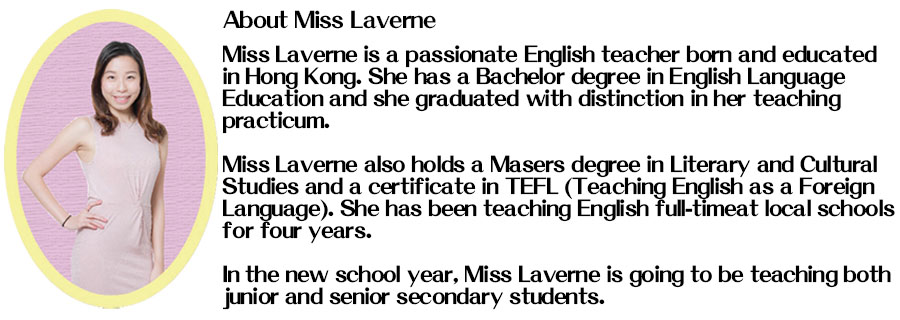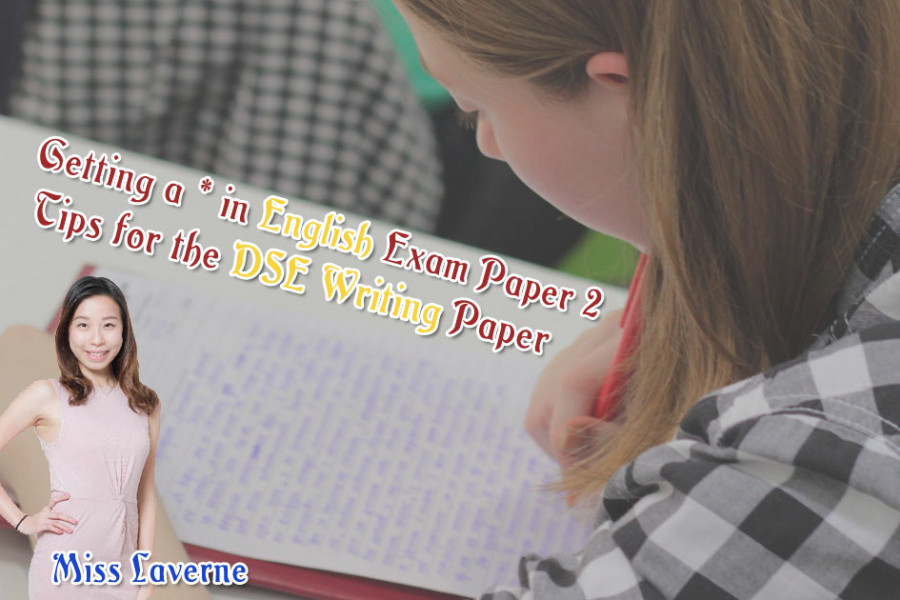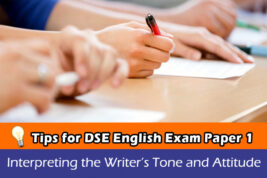Every year, the Hong Kong Examinations and Assessment Authority publishes a comprehensive report on the DSE English Language examination. The marking schemes and examiner’s comments on candidates’ performance provide useful information for both teachers and students regarding the assessment requirements and how to excel in the papers.
After studying the marking schemes of the past exams. Here’re some tips for Paper 2 (Writing).
I. The format of Paper 2
| Part A | Part B | |
| Weighting | 10% | 15% |
| Format and Word limit | A short, guided task(about 200 words) | A longer, more open-ended task (about 400 words) |
| Guidance | Candidates will be provided with:the situationthe purpose for writingsome relevant information | Candidates will answer one out of eight questions which are based on the modules in the Elective part of the curriculum. |
II. Plan before you write
Read the question/situation and the relevant information provided carefully. Spend at least 5 minutes on planning your essay.
Think:
- What is the required text type/genre (體裁)? (What are you writing?)
- What is your role (角色)? (Who are you?)
- Who is the target audience (目標對象)? (Who are you writing to?)
- What is your purpose (目的)? (Why are you writing?)
III. Tips for success
The assessment of candidates’ performance is based on three criteria: Content (內容), Language (文法) and Organisation (結構).
| The Dos ✔ | The Don’ts ✘ | |
| Content | ✔ demonstrate good understanding of the question ✔ show originality (獨創性) and creativity (be able to relate to own experience where appropriate) ✔ give sensible, well-developed ideas ✔ support suggestions with logical and convincing reasons with clear elaboration (詳盡闡述) | ✘ off-topic, include irrelevant (不相關的)or inappropriate ideas ✘ include only ideas suggested in the question prompt (題目提詞) ✘ include limited, repetitive (重複的) or unintelligible (難理解的) ideas ✘ generic (普通的,通用的) ideas lacking detail and elaboration ✘ resort to memorised ideas or extended chunks of language ✘ very long piece of writing for Part A (‘Overly long pieces of work will not necessarily score better than short ones since organisation often suffers if the suggested word limit is exceeded.’- HKEAA Candidates’ Performance Report, 2016) |
| Language | ✔ communicate ideas effectively with a high level of appropriate and accurate grammar ✔ high level of fluency (流暢度) ✔ using the right tense for different action ✔; language should be consistent (連貫一致的) in terms of style and appropriate to the audience and the text type | ✘ making a lot of language mistakes Common language problems:Spelling e.g. ‘writting’ (for writing) and ‘habbit’ (for habit),Subject-verb agreement e.g. (‘Students is…’)Parts of speech (e.g. ‘relax is important)Verb form following modals (e.g.‘I can said’)Tense (e.g .‘students were always under pressure’)Countability/ Plurality (e.g. homeworks’) ✘ overuse of clichés (陳腔濫調, 口頭禫)(e.g. flying colours, burn the midnight oil), and low-frequency vocabulary (低頻率字) ✘ overuse of low-frequency language features like inversions (倒裝句) (e.g. ‘Little did they understand the situation.’(‘It is important to reiterate that stock phrases and uncommon vocabulary are not a reliable means of getting high marks and may indeed have the opposite effect if used inappropriately.’ – HKEAA Candidates’ Performance Report, 2015) |
| Organisation | ✔ make good use of paragraphing, headings and bullets ✔ use connected sentences ✔ well-linked ideas both within and across paragraphs ✔ appropriate use of cohesive device (鏈接詞) (e.g. Apart from following school rules, fostering interpersonal relationships is necessary.) ✔ clear beginning and end | ✘ cramming too many ideas into one paragraph ✘ relying heavily on sentence-initial connectives to link ideas ✘ paying little attention to the logical flow of the writing |












